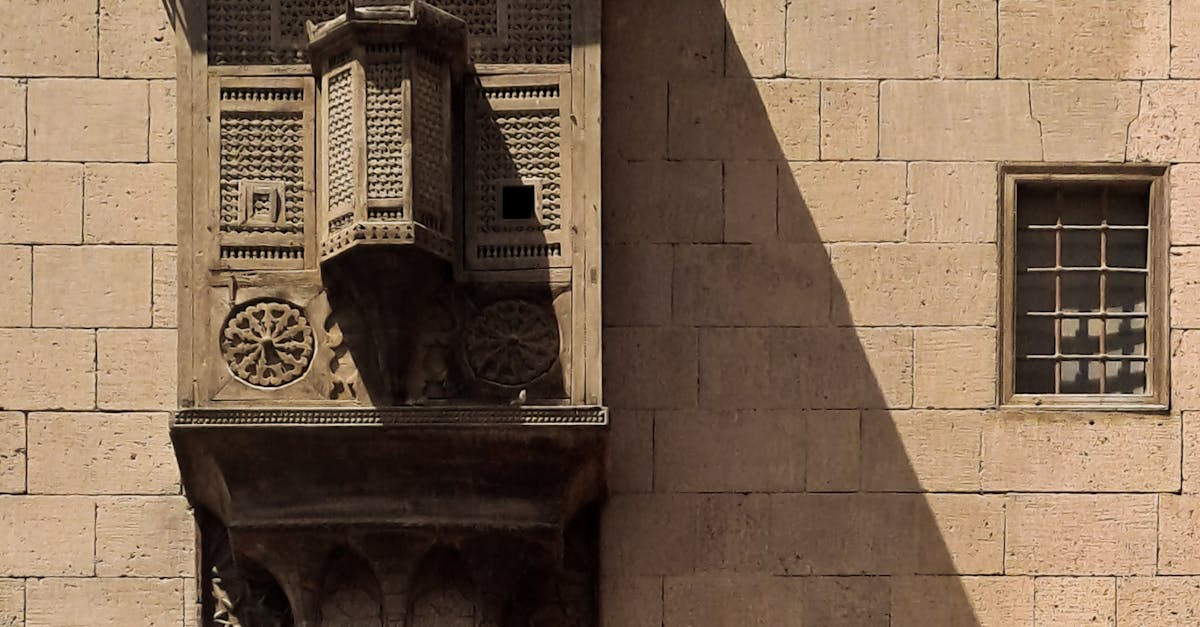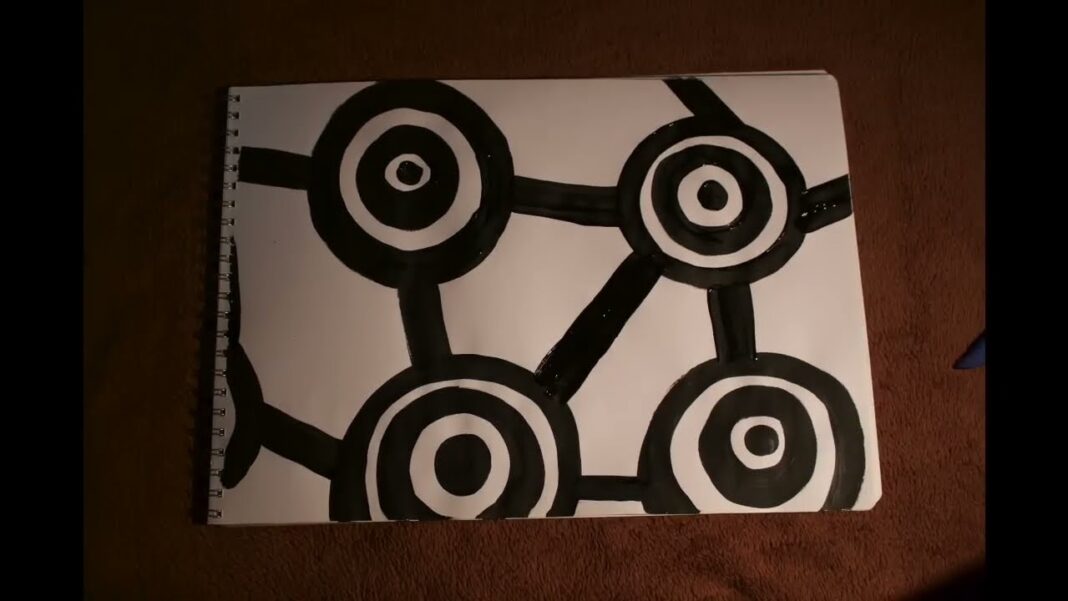The art of Indigenous Australians, also known as Aboriginal art, is a significant part of Australia’s cultural heritage. It is a unique and diverse form of art that has been passed down for thousands of years through generations. This type of art represents the deep connection to land, spirituality, and cultural stories of the Aboriginal people. Today, it continues to captivate audiences with its intricate designs, vibrant colors, and powerful storytelling. In this blog post, we will delve into the fascinating world of Aboriginal art, exploring its history, techniques, significance, and contemporary impact.
Introduction to Aboriginal Art
Aboriginal art is an umbrella term that encompasses various forms of visual arts, including painting, sculpture, weaving, and carving. It is created by Indigenous Australians, the original inhabitants of Australia, and is deeply rooted in their culture and traditions. The art is primarily based on the Dreamtime stories, which are sacred narratives that explain the creation of the universe, the land, and all living things.
The art of Indigenous Australians is not just about aesthetics; it serves as a medium for preserving and passing on cultural knowledge. Each artwork carries a profound meaning and is a reflection of the artist’s connection to their country and ancestral spirits. As such, every piece of Aboriginal art is a representation of the continuous existence and resilience of Indigenous culture.
History and Origins of Aboriginal Art

Aboriginal art dates back over 40,000 years, making it one of the oldest continuously practiced art forms in the world. The earliest known examples of Indigenous Australian art were rock paintings found in caves and rock shelters in Western Australia. These paintings depicted animals, people, and spiritual beings and served as a way of recording daily life and spiritual beliefs.
As colonization began in the late 18th century, the traditional practices of the Aboriginal people were suppressed, and their art forms were almost lost. However, in the 1970s, there was a resurgence of interest in Aboriginal art, and it gained recognition as a significant form of contemporary art. This was largely due to the efforts of Indigenous activists and artists who fought for the recognition and preservation of their cultural heritage.
Today, Aboriginal art has become an integral part of Australia’s national identity and is celebrated globally. The iconic symbols, patterns, and techniques used in this art form have also influenced modern Western art and design.
Rock Art
Rock art, or petroglyphs, are paintings and engravings found on rocks and cave walls. They are one of the earliest forms of Aboriginal art and hold great cultural significance. These artworks depict ancient stories, ceremonies, and spiritual beliefs of the Indigenous people. Each piece is unique and reflects the distinct style and cultural practices of the particular region it was created in.
Rock art is still practiced by some Indigenous groups today, particularly in Arnhem Land, Northern Territory, where it is considered a sacred tradition. However, due to environmental factors and vandalism, many rock art sites are at risk of deterioration and destruction. To preserve these valuable pieces of history, strict rules and regulations have been put in place to protect and conserve them.
Dot Painting
Dot painting, also known as “pointillism,” is a signature technique used in many Aboriginal artworks. It involves creating intricate patterns using small dots of different colors. This style originated from the Central Desert region of Australia and is believed to represent the maps of land, waterholes, and ceremonial sites used by Indigenous communities.
The dots also carry specific meanings, such as representing ancestral spirits and connecting the physical and spiritual worlds. The use of this technique has spread to other regions of Australia and has evolved into various styles, each with its unique symbolism and story.
Bark Painting
Bark painting is a traditional art form that originated in Arnhem Land, Northern Territory. It involves painting on bark from trees using natural pigments, such as ochre, charcoal, and clay. These paintings depict Dreamtime stories, animal and plant life, and daily activities of the Indigenous people.
This art form has evolved over time, with modern artists also using synthetic materials and creating more contemporary designs. However, the traditional methods and techniques are still practiced by some Indigenous communities to preserve their cultural heritage.
Different Styles and Techniques Used

Aboriginal art is not limited to one particular style or technique. It is a diverse and ever-evolving art form that varies among different regions and communities. The Indigenous Australians have developed unique ways of creating art, each with its distinct visual language and symbolism.
Cross-hatching
Cross-hatching is a common technique used in many Aboriginal artworks, particularly in Western Australia. It involves creating intricate patterns using parallel lines, which intersect at varying angles. This style can be found in both paintings and carvings and is believed to represent the connection between the physical and spiritual worlds.
Rarrk Painting
Rarrk is a type of cross-hatching technique used by Indigenous artists in Arnhem Land. It involves creating fine parallel lines using a comb-like tool, resulting in a beautiful and delicate texture. This style is often used in bark paintings and can take weeks or months to complete, depending on the size and complexity of the artwork.
X-Ray Art
X-Ray art is a distinctive style of painting found in Northern Australia, particularly in Arnhem Land and the Kimberley region. It involves depicting animals and human figures with their internal organs and bones visible, giving the illusion of an x-ray image. This style is said to represent the Indigenous people’s belief in the interconnectedness of all living things and their spiritual connection to the land.
Cultural Significance and Storytelling in Aboriginal Art
Aboriginal art is deeply connected to the culture, traditions, and spirituality of Indigenous Australians. It serves as a medium for storytelling, preserving cultural knowledge, and passing it on to future generations. Each artwork carries a powerful narrative that reflects the rich history and beliefs of the Aboriginal people.
Dreamtime stories, also known as “The Dreaming,” play a crucial role in Aboriginal art. These are sacred stories that explain creation, the laws and customs of the land, and the origin of all living things. The Dreamtime is not just a mere concept; it is an integral part of Indigenous Australians’ way of life, shaping their worldview and guiding their actions.
Each piece of Aboriginal art is a visual representation of these Dreamtime stories, which are passed down through oral tradition and depicted in paintings, carvings, and other forms of art. The use of symbols, patterns, and colors in Aboriginal artworks all have specific meanings and represent different aspects of the Dreaming and everyday life.
Contemporary Aboriginal Artists and Their Impact
Aboriginal art has not only survived but thrived through colonization and continues to hold great significance in modern society. Today, there are numerous talented contemporary Aboriginal artists who have made significant contributions to the art world and beyond.
One of the most well-known contemporary Aboriginal artists is Emily Kame Kngwarreye, who gained international recognition for her bold and vibrant paintings. Her works depict her ancestral lands and Dreamtime stories and have been exhibited in galleries and museums worldwide.
Other prominent contemporary Aboriginal artists include Clifford Possum Tjapaltjarri, Ronnie Tjampitjinpa, and Judy Watson Napangardi, who have all won prestigious awards and left a lasting impact on the art world.
These artists not only showcase the diverse talent and creativity of Indigenous Australians but also serve as powerful advocates for their culture and its preservation. They have played a significant role in bringing awareness to the issues faced by Indigenous communities and have been instrumental in promoting cultural understanding and reconciliation.
Preservation and Promotion of Aboriginal Art
As with any traditional art form, the preservation and promotion of Aboriginal art are crucial to its continued existence. However, this is not without its challenges, as there are many issues faced by Indigenous artists and communities in Australia.
One of the main issues is the exploitation and appropriation of Indigenous art by non-Indigenous individuals and companies. The use of traditional designs and symbols without permission or proper compensation is a prevalent problem that has led to many legal battles.
To address this issue, the Australian government has implemented laws and regulations to protect the rights and interests of Indigenous artists. This includes the Indigenous Art Code, which sets out standards for ethical trade and fair payment for Indigenous artists.
There are also various organizations and initiatives working towards the preservation and promotion of Aboriginal art. These include the National Association for the Visual Arts (NAVA), which provides advocacy and support for Indigenous artists, and the National Gallery of Australia’s Indigenous Art Curatorship Program, which trains Aboriginal curators to promote and preserve their cultural heritage.
In recent years, there has also been a push for more Indigenous representation in the art world, leading to the establishment of dedicated Indigenous art galleries and exhibitions. This has provided a platform for Indigenous artists to showcase their works and gain recognition for their talent and cultural contributions.
Conclusion: The Continued Relevance and Importance of Aboriginal Art
In conclusion, Aboriginal art is a significant part of Australia’s cultural identity and has a rich history dating back thousands of years. It serves as a medium for storytelling, preserving cultural knowledge, and promoting reconciliation and understanding between Indigenous and non-Indigenous Australians.
The diverse styles and techniques used in Aboriginal art continue to evolve, showcasing the creativity and adaptability of Indigenous artists. It has also made a significant impact on the contemporary art scene and continues to inspire and influence artists worldwide.
Through preservation efforts and increased awareness, we can ensure that the unique and intriguing world of Aboriginal art continues to thrive for generations to come. It is a testament to the resilience and enduring cultural heritage of the Indigenous people of Australia.

